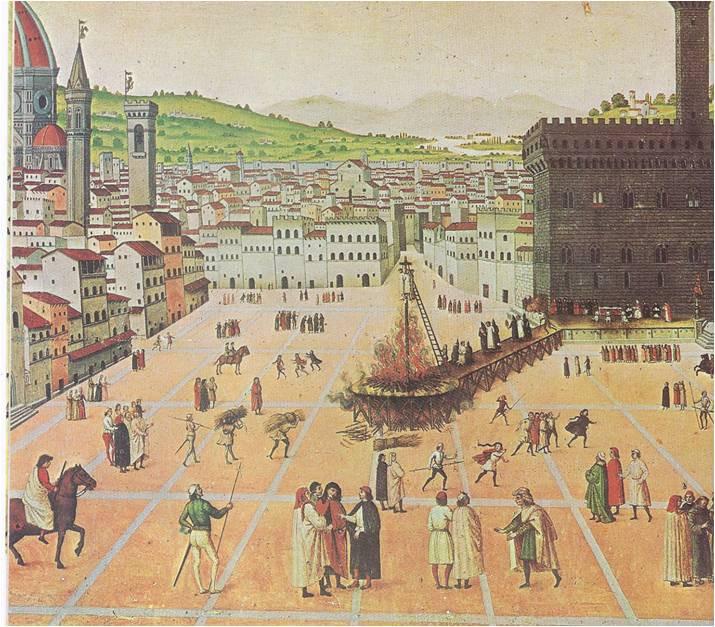Wealthiest City In Europe
Innovative banking practices like bills of exchange (to facilitate-out-of-city payments) and double-entry bookkeeping, along with the flourishing cloth industry made Florence the wealthiest city in Europe.
The city, flush with wealth, started to focus on art, humanism, creation, enjoyment of life’s pleasures, and intellectual pursuits. It framed itself as ‘The New Rome’ and was a true Renaissance city due to it’s elevated and classist thinking that offered freedom, prosperity and knowledge.
95
582 reads
CURATED FROM
IDEAS CURATED BY
The idea is part of this collection:
Learn more about history with this collection
The historical significance of urban centers
The impact of cultural and technological advances
The role of urban centers in shaping society
Related collections
Read & Learn
20x Faster
without
deepstash
with
deepstash
with
deepstash
Personalized microlearning
—
100+ Learning Journeys
—
Access to 200,000+ ideas
—
Access to the mobile app
—
Unlimited idea saving
—
—
Unlimited history
—
—
Unlimited listening to ideas
—
—
Downloading & offline access
—
—
Supercharge your mind with one idea per day
Enter your email and spend 1 minute every day to learn something new.
I agree to receive email updates
